
Amira Benhima
A passionate advocate for holistic wellness and natural beauty, is an accomplished author specializing in the benefits and uses of Argan oil, with years of experience exploring its wonders.
Key Takeaways
Imagine standing amidst a vast expanse of arid beauty, the sun beating down on your face as you gaze upon the majestic Argania Spinosa tree. Its rough, gnarled trunk reaches towards the sky, its dark green leaves rustling gently in the breeze. As you ponder the age and growth of this remarkable tree, questions flood your mind. How long does it live? What factors influence its growth? How does it reproduce and regenerate? And what about its aging process and longevity? Delve into the intriguing world of the Argania Spinosa tree, where age and growth hold the key to its conservation and significance.
- The Argania Spinosa tree can live for several hundred years, with some reaching up to 250 years of age.
- The slow growth rate of the tree is influenced by environmental factors such as climate, soil conditions, and water availability.
- The tree reproduces through seed germination after pollination and fertilization, with suitable environmental conditions being crucial for successful germination.
- After a forest fire, the Argania Spinosa tree can regenerate through mechanisms such as seed germination, root system resilience, resprouting from the base, and the development of new shoots.
Life Span
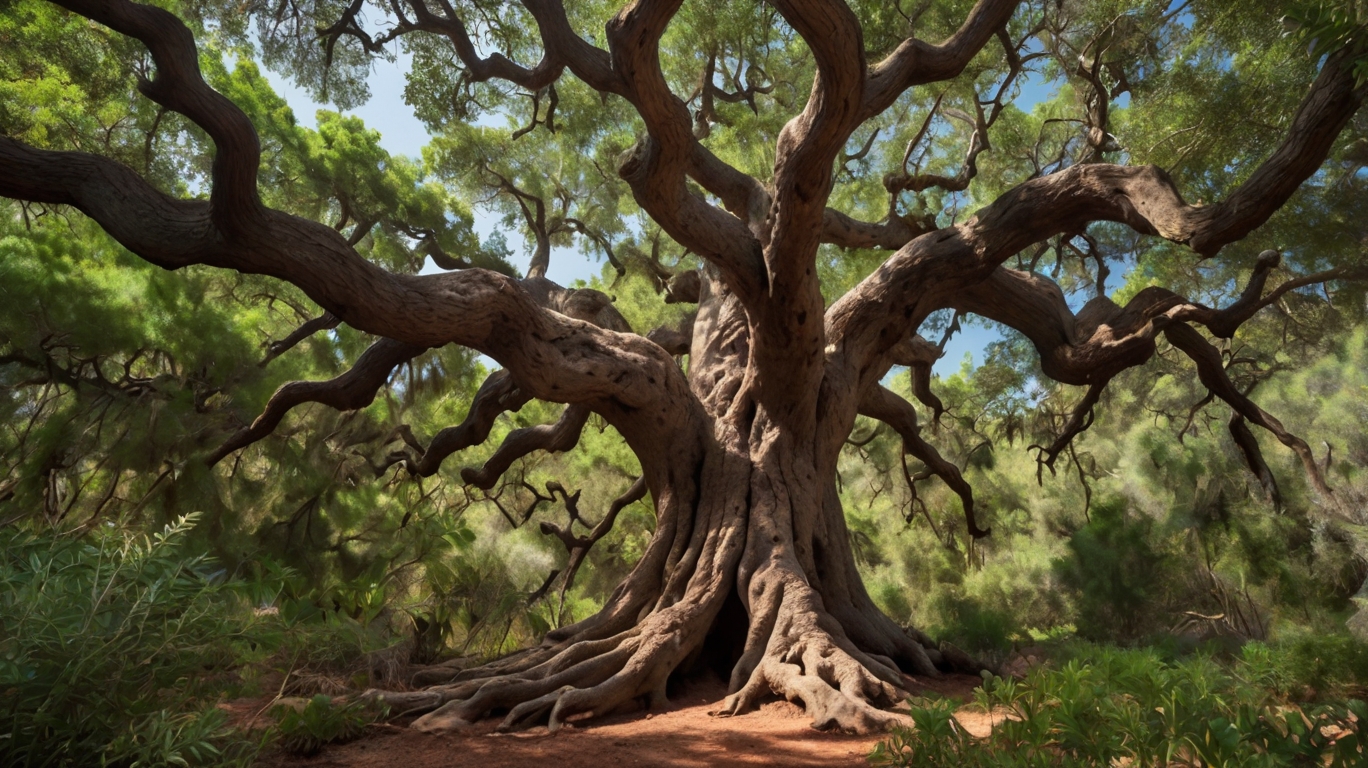
The argan tree, with its remarkable longevity, plays a crucial role in the ecosystem and sustains Berber populations for generations. These trees have the ability to live for several hundred years, with some specimens reaching up to 250 years of age. The long lifespan of argan trees is a key factor in their contribution to the ecosystem and the support they provide to the Berber populations.
Conservation efforts are of utmost importance when it comes to protecting the aging argan trees. They are currently at risk of disappearing due to aridification, which makes their preservation vital. The significance of the argan tree in the culture and economy of Morocco further emphasizes the need to ensure its long lifespan.
The durability and strength of the argan tree’s timber, along with the high value of its oil, highlight the benefits of its long lifespan. The wood of the argan tree is known for its sturdiness and is often used for construction purposes. Additionally, the oil extracted from the fruits of the argan tree is highly prized for its cosmetic and culinary uses. The fact that these trees can live for several centuries allows for a sustainable supply of timber and oil, benefiting both the environment and the Berber communities who rely on them.
Growth Rate
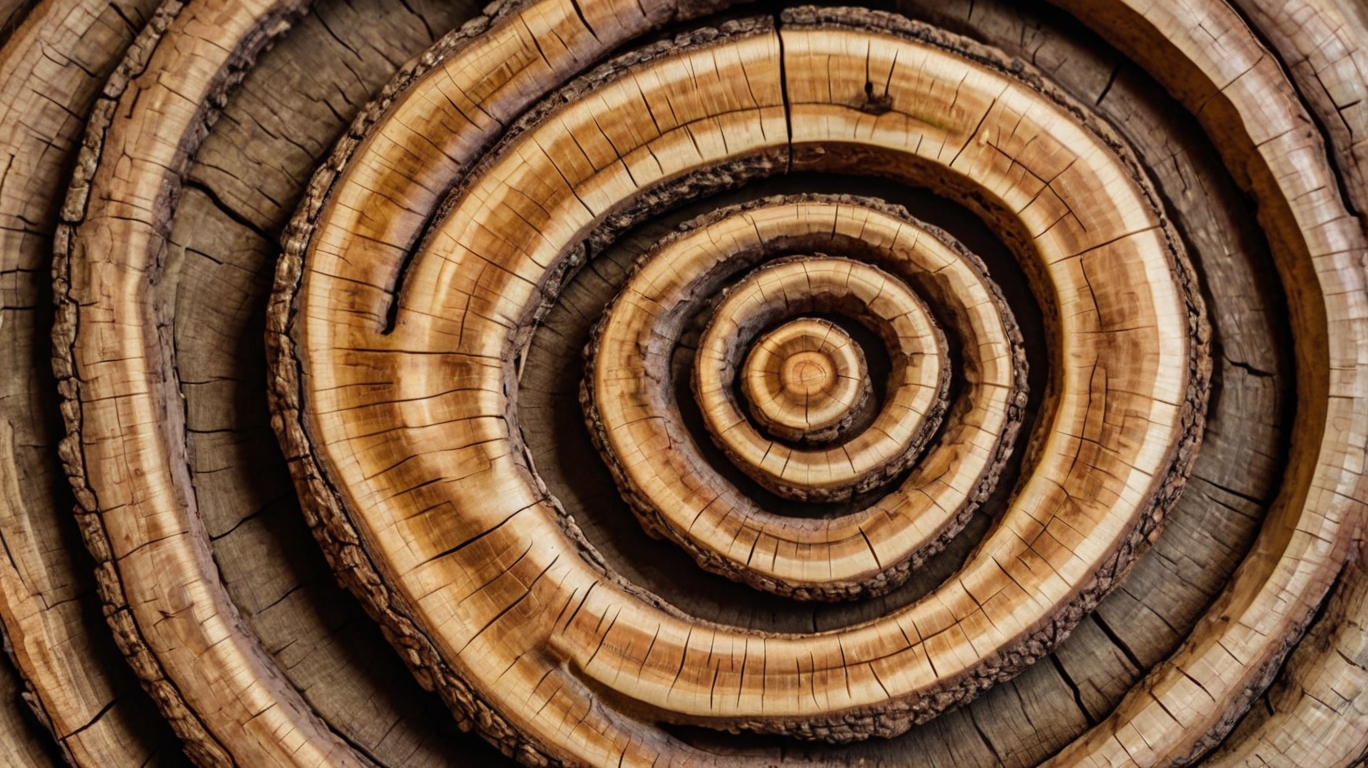
With a slow growth rate influenced by various environmental factors, the Argania Spinosa tree takes several years to reach maturity. The growth rate of the Argan tree is typically influenced by its natural habitat and environmental conditions. Factors such as climate, soil conditions, and water availability can all affect the tree’s growth rate.
The growth rate of the Argania Spinosa tree is relatively low, with the tree often growing less than 30 centimeters per year. This slow growth rate is due to the tree’s adaptation to arid conditions and its ability to conserve water. In its native habitat of southwestern Morocco, the Argan tree has evolved to withstand harsh climates and limited water resources, which has resulted in its slow growth rate.
However, the growth rate of the Argan tree can be enhanced through proper care and management practices. Providing the tree with adequate water, nutrients, and protection from extreme weather conditions can help accelerate its growth. Additionally, regular pruning and trimming can promote branching and increase the tree’s overall growth rate.
Understanding the growth rate of the Argania Spinosa tree is crucial for those who desire to serve others through the cultivation and conservation of this valuable species. By implementing appropriate care and management techniques, individuals can help ensure the healthy growth and development of Argan trees, contributing to the preservation of their natural habitat and the sustainable use of their resources.
Environmental Factors
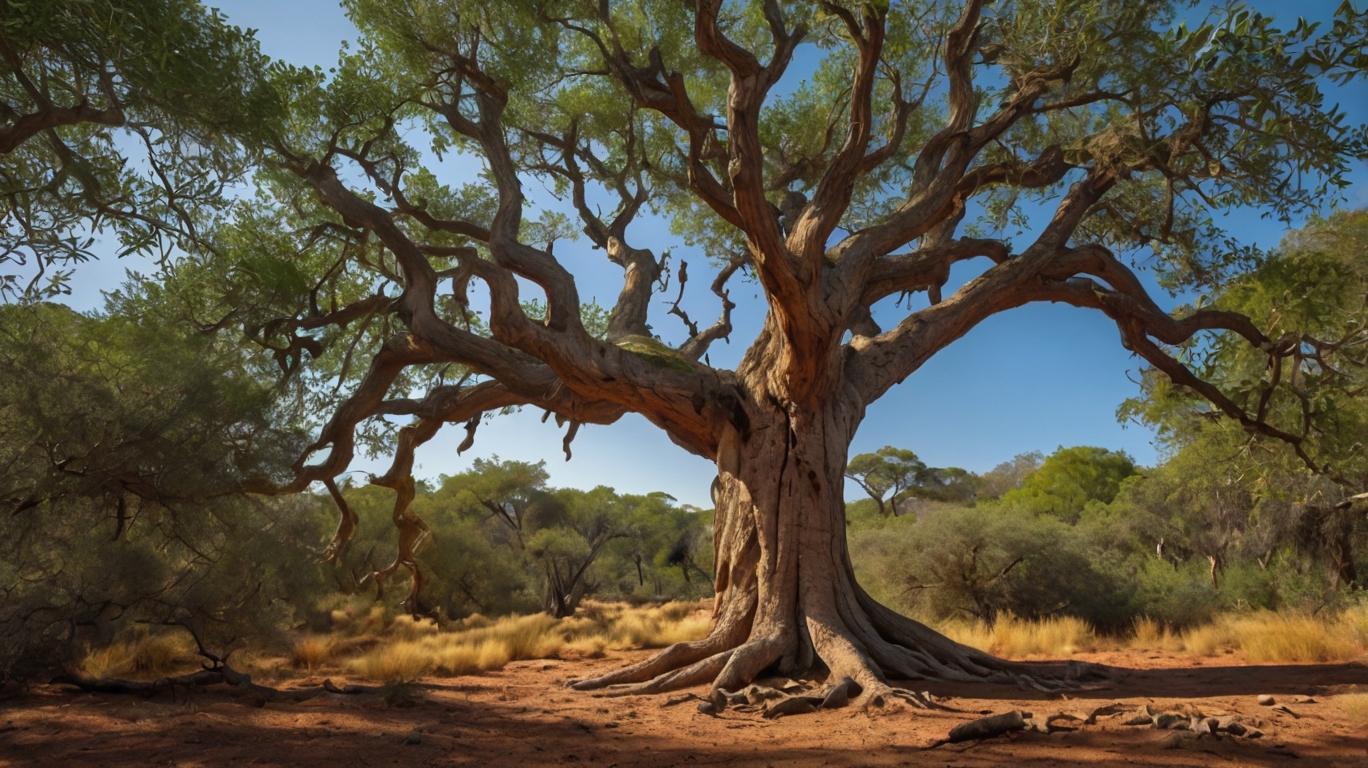
In arid and dry climates between 5 and 50ºC, the growth and resilience of the Argania spinosa tree are influenced by various environmental factors. The tree’s adaptation to sub-Saharan forests and xeric climate with low precipitation levels of 100-400mm plays a crucial role in its distribution and growth. The Argania spinosa is a perennial tree that thrives in sub-Saharan arid regions, specifically in northwest Morocco, due to its ability to withstand harsh environmental conditions.
One of the main environmental factors that affect the growth of the Argania spinosa tree is the arid and dry climate. The tree has evolved to survive in these conditions, with temperatures ranging from 5 to 50ºC. This adaptation allows the tree to efficiently use water and tolerate high levels of evaporation. The low precipitation levels in its habitat further enhance its resilience, as the tree has developed mechanisms to cope with limited water availability.
Additionally, the rough, fissured, and thorny stem of the Argania spinosa tree reflects its adaptation to arid and dry climates. The roughness and fissures on the stem help reduce water loss through transpiration, while the thorns act as a defense mechanism against herbivores and prevent excessive water loss through browsing.
Furthermore, the dense cup of the tree plays a crucial role in its survival in arid environments. The cup provides shade and reduces water evaporation from the soil, creating a microclimate that is more favorable for the tree’s growth.
Reproduction and Regeneration
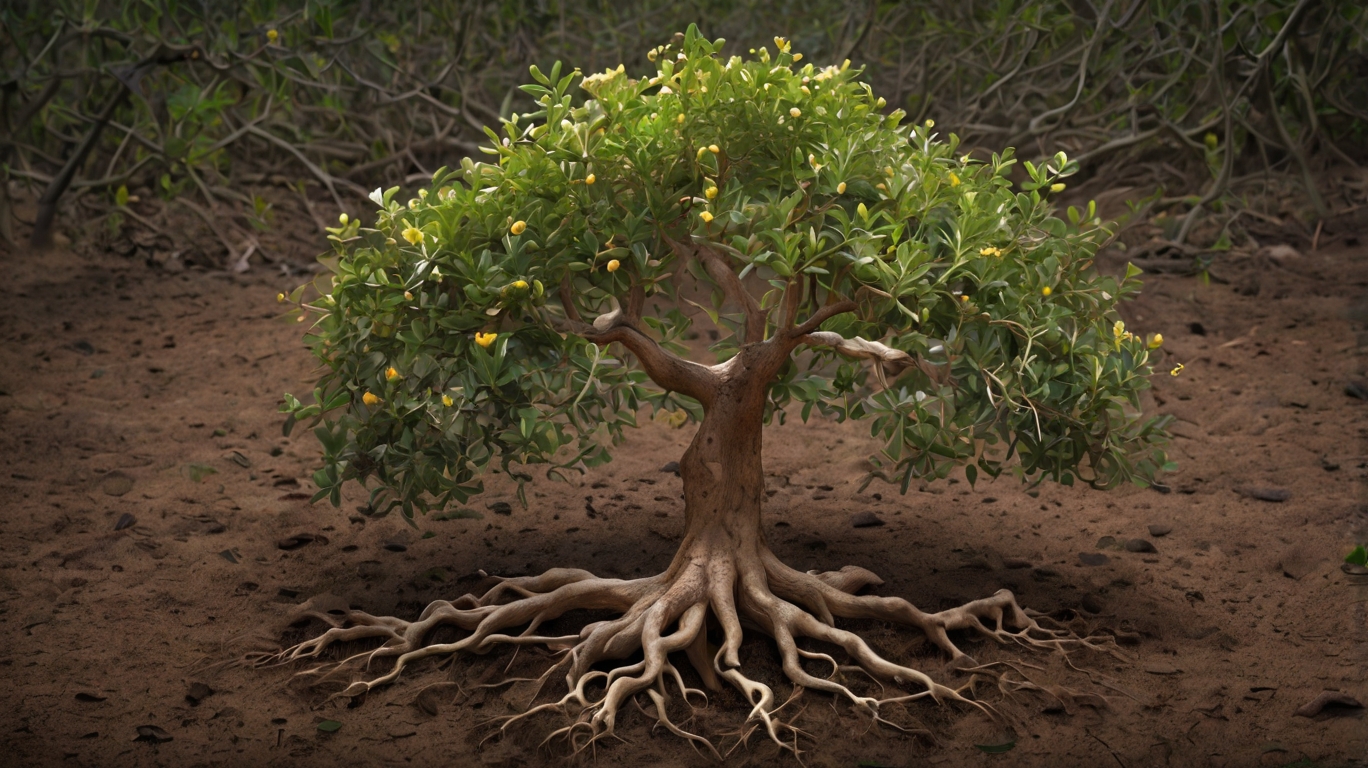
Now let’s explore the process of seed germination in the Argania Spinosa tree. After pollination and fertilization, the tree produces fruits that contain the hard argan nut. When the nut falls to the ground, it undergoes a process of germination, where the seed within the nut starts to sprout and develop into a new seedling. This crucial stage of reproduction ensures the regeneration of the Argan tree population and contributes to its longevity.
Seed Germination Process
The successful reproduction and regeneration of the Argania Spinosa tree relies on the precise and intricate process of seed germination. Seed germination is a crucial phase in the life cycle of the Argania Spinosa tree, as it is the initial step towards the development of a new plant. The process involves the emergence of a seedling from the seed, under suitable environmental conditions. Factors such as temperature, moisture, and soil quality play a vital role in facilitating successful seed germination. The seeds of the Argania Spinosa tree are particularly sensitive to moisture, requiring a specific level of hydration for germination to occur. Once the seed has absorbed enough moisture, it undergoes a series of metabolic changes, leading to the growth of a radicle, which eventually develops into a root system. This root system enables the seedling to acquire nutrients and water from the soil, ensuring its survival and growth. Understanding the seed germination process is crucial for conserving the Argania Spinosa tree and the production of argan oil, as it allows for sustainable management practices to be implemented.
Pollination and Fertilization
Pollination and fertilization are crucial processes in the reproduction and regeneration of the Argania Spinosa tree species, ensuring the continued survival and sustainability of this remarkable plant. Argania Spinosa trees are pollinated by wind and insects, particularly bees and butterflies, which transfer pollen from the male flowers to the female flowers. After successful pollination, the female flowers develop into fruits that contain a hard almond-like seed known as the argan nut. It is within this nut that the seed necessary for the regeneration of new Argania Spinosa trees is found. The process of pollination and fertilization plays a vital role in the reproduction and conservation of the Argania Spinosa species. Without pollination, the production of seeds and the growth of new trees would not occur, leading to the decline of the species. Therefore, the successful pollination and fertilization of Argania Spinosa trees contribute significantly to their longevity and the overall sustainability of the species.
Regrowth After Forest Fires
After a forest fire, the regrowth and regeneration of the Argania Spinosa tree are facilitated by various mechanisms, including seed germination, root system resilience, resprouting from the base, and the development of new shoots. Forest fires can stimulate the germination of seeds, leading to the regrowth of the Argania Spinosa tree. The tree’s deep root system helps it survive fires, aiding in its regrowth after forest fires. Resprouting from the base of the tree, along with the development of new shoots from surviving buds, contributes to the regeneration of the Argania Spinosa tree after forest fires. Additionally, the ability of the Argania Spinosa tree to produce new leaves and branches post-fire contributes to its regeneration and recovery. The ecological role of the Argania Spinosa tree in the recovery of the forest ecosystem after fires highlights its resilience and importance in fire-affected areas.
Aging and Longevity
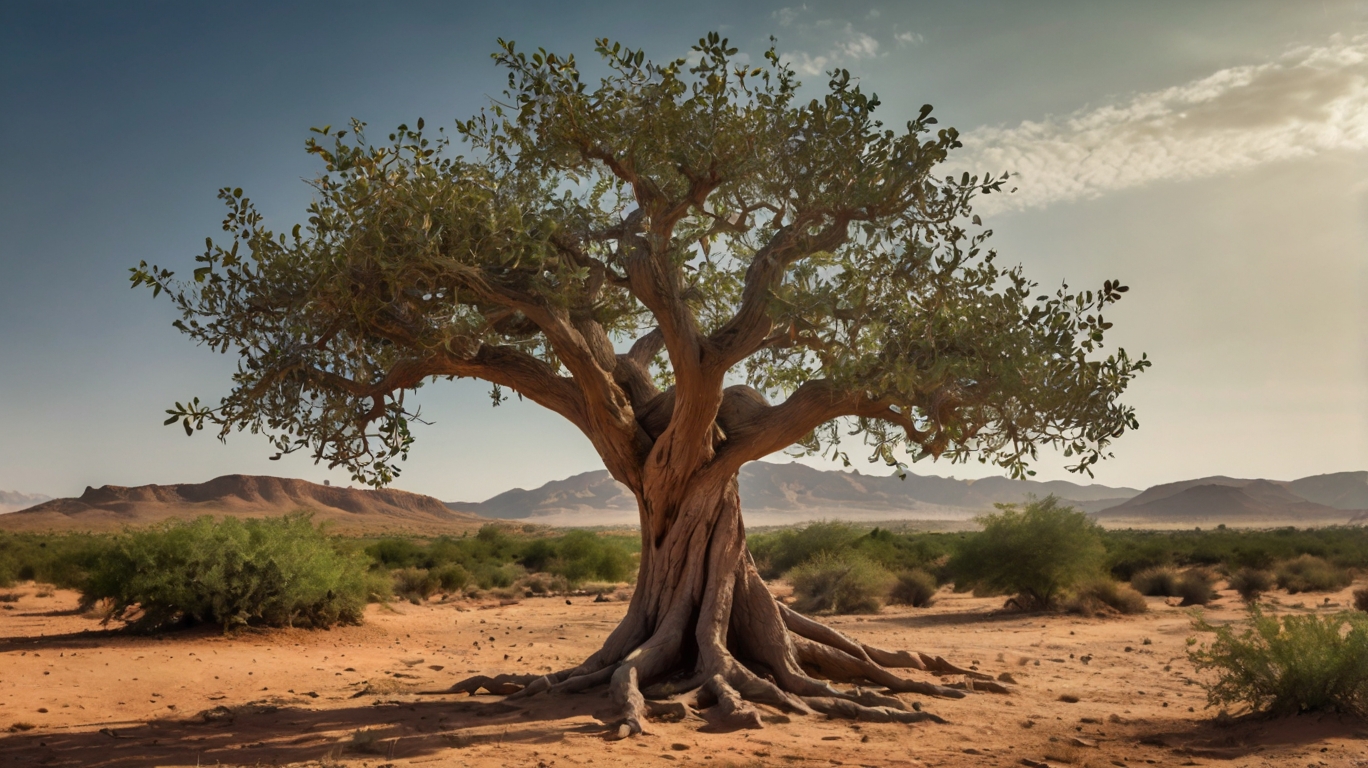
Aging and longevity in the argan tree, known for its remarkable lifespan, are of crucial importance in the fields of conservation, culture, and economy. The argan tree’s ability to live for extended periods has captivated researchers and conservationists, leading to efforts to protect and preserve these aging trees. Here are five key facts about the aging and longevity of the argan tree:
- The argan tree has an impressive lifespan, with some specimens reaching up to 250 years of age. This longevity makes it a significant species in terms of ecological stability and biodiversity.
- Conservation efforts are underway to safeguard aging argan trees from disappearing due to aridification and over-exploitation. These trees are vital in maintaining the balance of the ecosystem and supporting other plant and animal species.
- The argan tree holds great cultural and economic importance in Morocco. Its longevity has led to efforts to support and preserve the tree, as it contributes to the livelihoods of local communities through the production of argan oil and its use in construction and fuel.
- The durable wood of the argan tree ensures its long-lasting impact in various industries. It is commonly used in construction, providing stability and strength to structures.
- The argan tree’s valuable oil, extracted from its seeds, is highly sought after for its numerous cosmetic and medicinal properties. Its longevity ensures a consistent supply of this precious oil.
Preserving the aging argan trees is paramount not only for their ecological significance but also for the cultural heritage and economic well-being of the communities that depend on them. Efforts such as the UNESCO Biosphere Reserve designation highlight the importance of protecting and prolonging the lifespan of these remarkable trees.
Importance of Age for Conservation
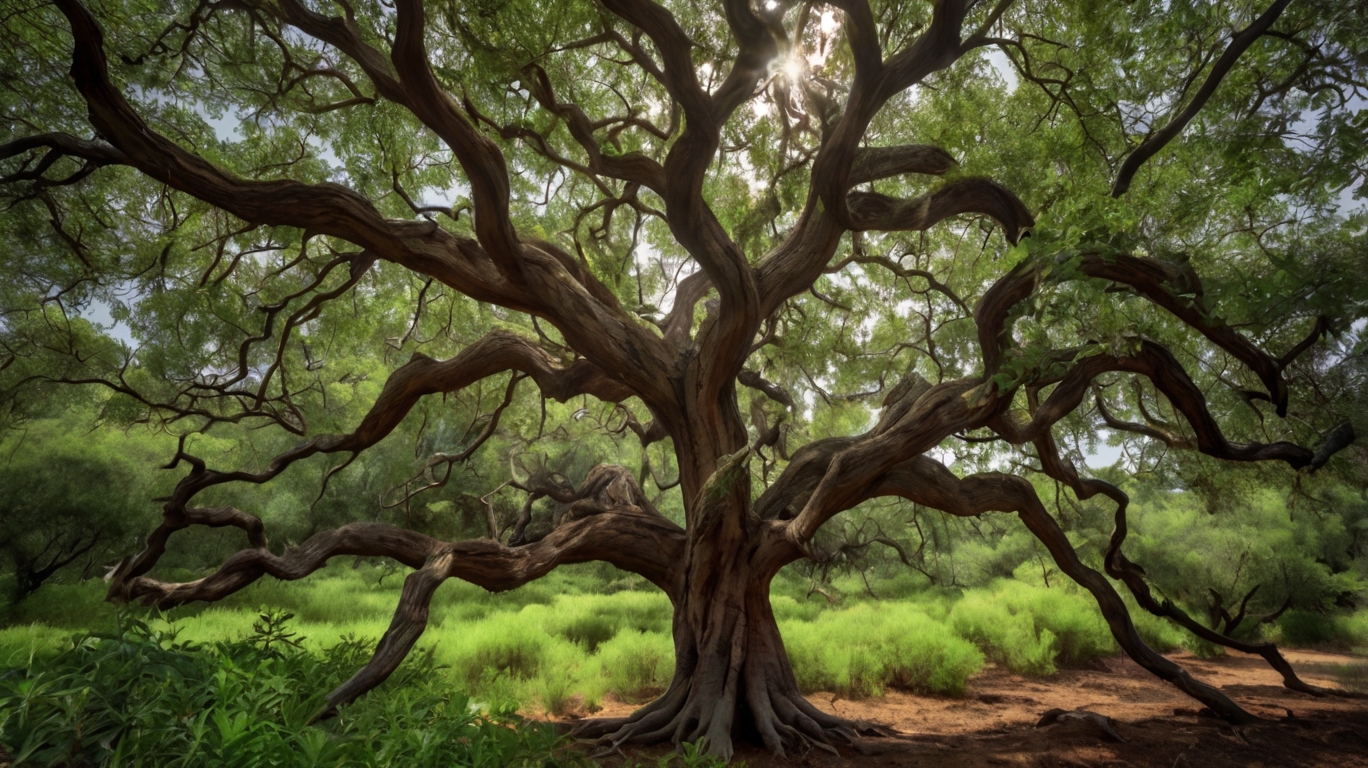
Understanding the importance of age for conservation efforts is crucial in ensuring the long-term survival of the Argania Spinosa tree. Age serves as an indicator of the tree’s reproductive capacity and genetic diversity, allowing conservationists to assess the overall health and resilience of the population. Additionally, age information aids in identifying old-growth trees that play a critical role in maintaining biodiversity and ecosystem stability. By tailoring conservation strategies based on the age structure of Argania Spinosa populations, we can effectively preserve mature trees for future generations and evaluate the success of conservation programs in safeguarding this species.
Conservation Implications of Age
The age of the Argania Spinosa tree plays a crucial role in determining its conservation implications, highlighting the importance of considering age in conservation efforts. Understanding the conservation implications of age can help inform management strategies and prioritize conservation actions. Here are five key conservation implications of age:
- Age affects reproductive capacity: Older Argania Spinosa trees typically have a higher reproductive capacity, producing more seeds and contributing to the regeneration of the species.
- Habitat value increases with age: Older trees provide valuable habitat for a variety of species, including birds, insects, and mammals, enhancing biodiversity in the ecosystem.
- Genetic diversity preservation: Older trees carry a greater amount of genetic diversity, which is vital for the long-term survival and resilience of the species.
- Carbon sequestration potential: Older trees have a larger biomass, allowing them to store more carbon, which helps mitigate climate change.
- Cultural and historical significance: Ancient Argania Spinosa trees hold cultural and historical value, representing a connection to the past and contributing to the cultural identity and heritage of local communities.
Considering the conservation implications of age when developing conservation strategies can help ensure the long-term survival and sustainability of the Argania Spinosa tree and its associated ecosystems.
Age as a Conservation Indicator
Age serves as a critical conservation indicator for the Argania Spinosa tree, providing valuable insights into the overall health, resilience, and long-term viability of the species. Understanding the age distribution of argan trees is essential for conservationists as it helps assess the regeneration potential and long-term sustainability of the species. Older argan trees play a significant role in maintaining a healthy gene pool, contributing to the genetic diversity of the population. Hence, conservation efforts often prioritize the preservation of older argan trees. These trees serve as seed sources and provide habitats for various wildlife, enhancing the overall resilience of the ecosystem. Monitoring the age structure of argan tree populations is vital for evaluating the impact of threats like over-exploitation, climate change, and habitat loss on the species’ long-term viability. By understanding the age of argan trees, conservationists can develop effective strategies to protect and restore these valuable ecosystems.
Age and Biodiversity Preservation
By preserving the age diversity of tree populations, conservation efforts ensure the long-term survival of various species that depend on older trees for habitat, genetic diversity, and complex ecological relationships. Here are five reasons why age is crucial for biodiversity preservation:
- Habitat: Older trees provide essential habitat for a diverse range of species, including birds, mammals, and insects. These trees offer nesting sites, food sources, and shelter, contributing to overall ecosystem health and resilience.
- Genetic Diversity: Older trees possess a genetic diversity that is not found in younger trees. Preserving these older trees helps to conserve unique genetic traits within a species, enhancing its ability to adapt to changing environmental conditions.
- Ecological Relationships: Trees that have reached old age often have developed intricate ecological relationships with other species. These relationships contribute to the overall biodiversity of an ecosystem and play a crucial role in maintaining ecological balance.
- Ecosystem Health: The conservation of old trees is essential for maintaining healthy ecosystems. Older trees contribute to nutrient cycling, soil stability, and water regulation, supporting the overall functioning of the ecosystem.
- Adaptation to Environmental Changes: Preserving the age diversity of tree populations is vital for adapting to environmental changes. Older trees have survived and thrived through various environmental conditions, making them valuable in ensuring the long-term survival of species in the face of climate change and other challenges.
Frequently Asked Questions
How Long Does It Take an Argan Tree to Grow?
An Argan tree takes several decades to grow and reach its full maturity. The exact time frame can vary depending on environmental factors like climate and soil quality. However, it typically takes around 50 years for an Argan tree to reach its full growth potential. During this time, the tree undergoes a gradual development process, ultimately producing the highly sought-after Argan oil, known for its numerous benefits in skincare and hair care.
How Tall Is Argania Spinosa?
Argania spinosa can grow to impressive heights, reaching up to 9 meters. The height of this tree is influenced by various factors, including soil composition. The Argan tree thrives in sub-Saharan arid regions, particularly in northwest Morocco. Its roots are adapted to withstand the harsh conditions of these arid soils, allowing it to grow tall and strong. Understanding the relationship between the tree’s height and the soil it grows in is crucial for successful cultivation and conservation efforts.
What Are Some Interesting Facts About the Argan Tree?
The argan tree is truly fascinating. Did you know that it has numerous nutritional benefits? Its fruits contain oil that is rich in vitamin E and essential fatty acids. This oil is not only used for culinary purposes, but also for its medicinal properties. It can help improve skin health, boost heart health, and even reduce inflammation. These nutritional benefits make the argan tree an important resource for both the food and cosmetic industries.
How Tall Are Argan Trees?
Argan trees, known for their resilience in dry climates, can grow up to 9 meters tall. They thrive in the arid and sandy soils of northwest Morocco. To successfully cultivate these magnificent trees, it is important to provide them with well-drained soil and minimal water. Argan trees have adapted to their harsh environment, and their height reflects their ability to withstand the challenges of their surroundings. So, if you’re planning to grow argan trees, make sure to create the perfect conditions for their growth.
Related Articles
Traditional Argan Oil Uses by Natives
Discover the astonishing array of traditional Argan oil uses by natives, from culinary delights to medicinal wonders, that will leave you amazed and craving for more.
UV Absorption Rate of Argan Oil
Get ready to uncover the surprising truth about the UV absorption rate of Argan Oil, and how it could revolutionize your sun protection routine.
Berber Argan Oil Production Techniques
Discover the intricate 'P'rocesses behind Berber Argan oil production, and unravel the secrets to its exclusivity, cultural heritage preservation, and high value.


